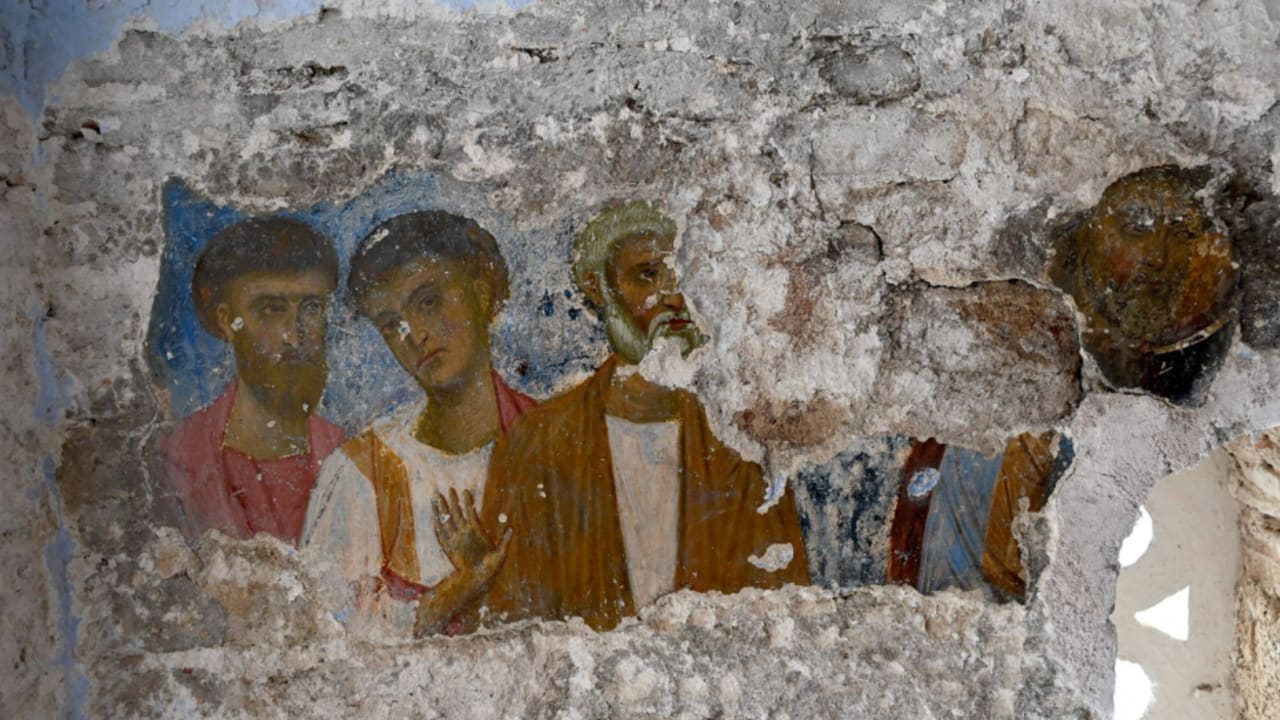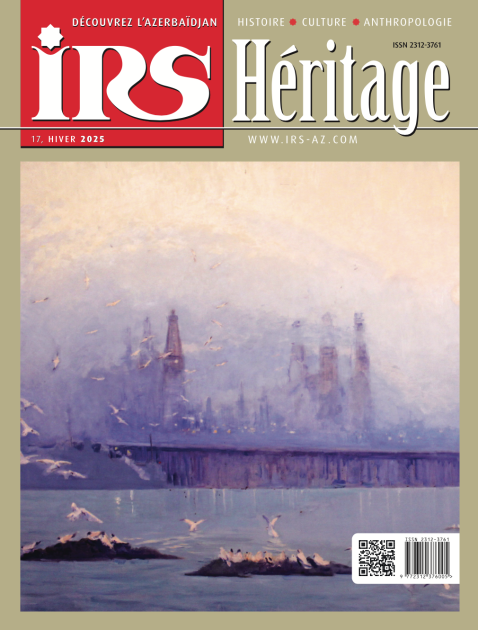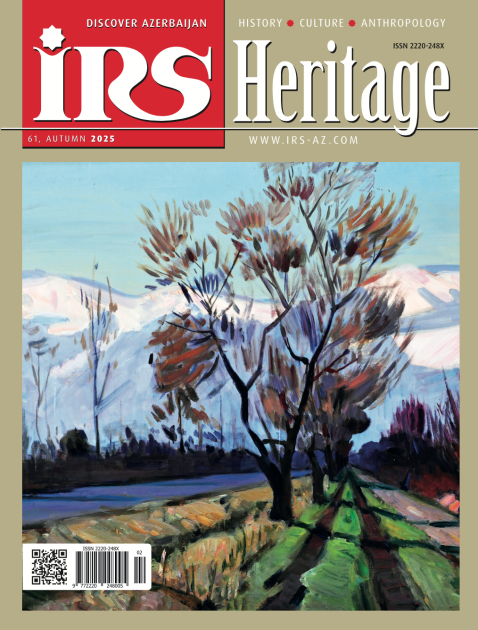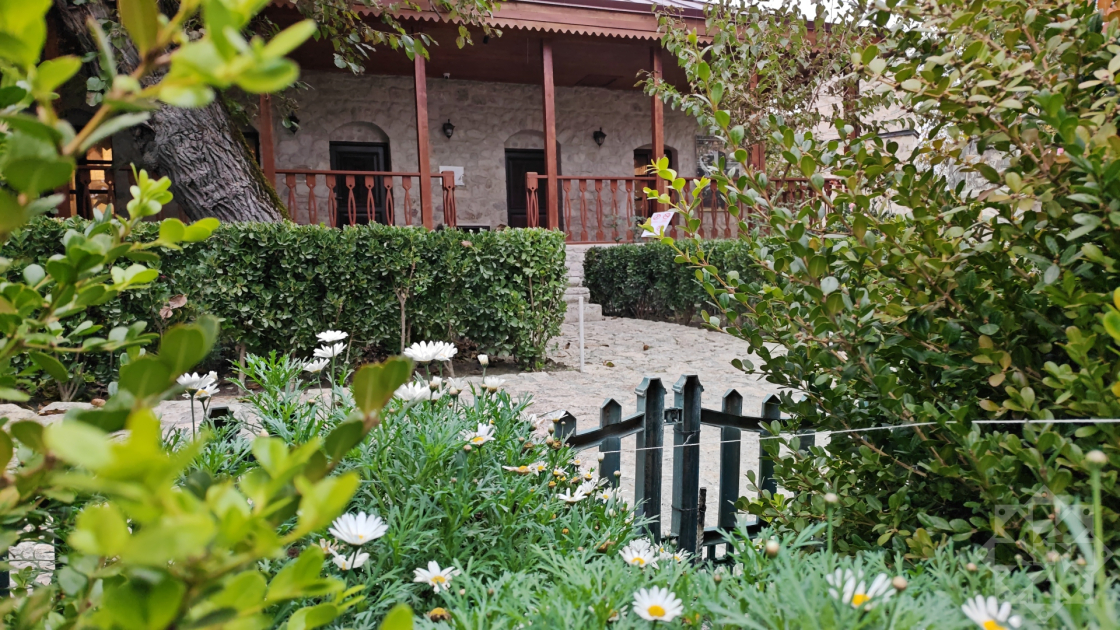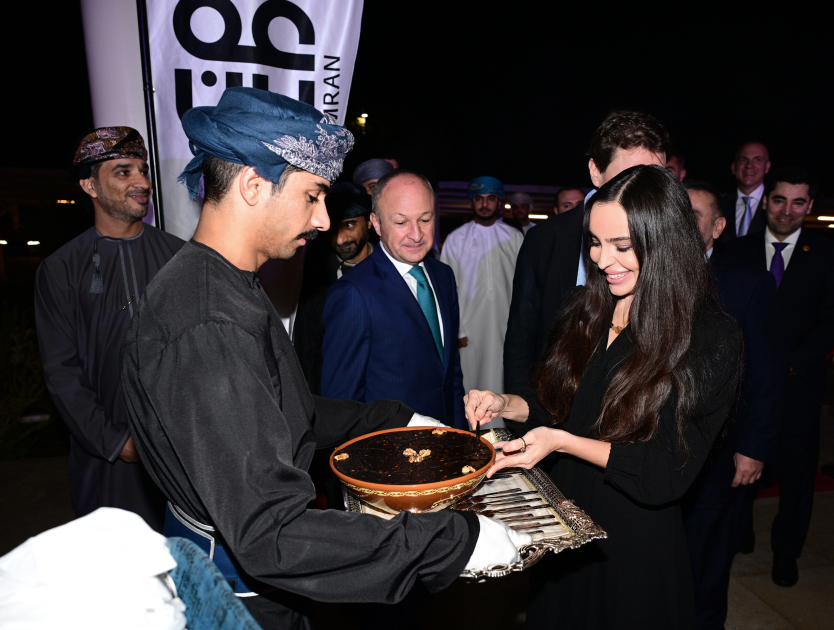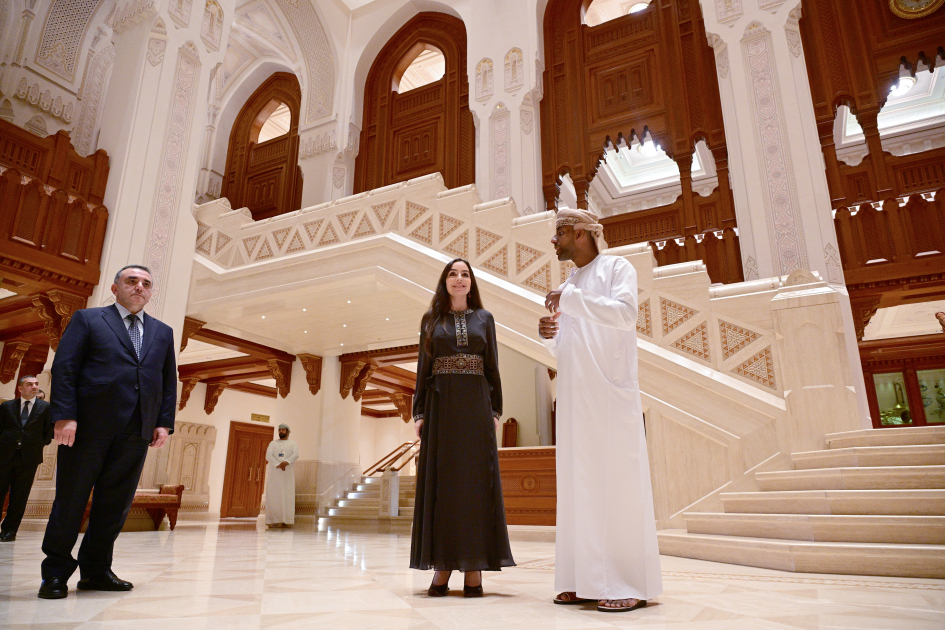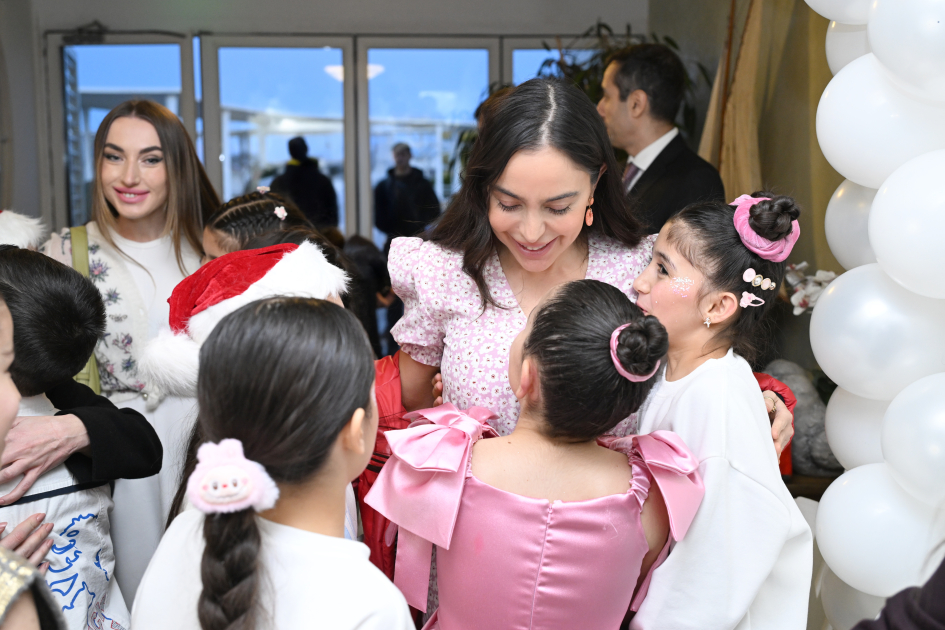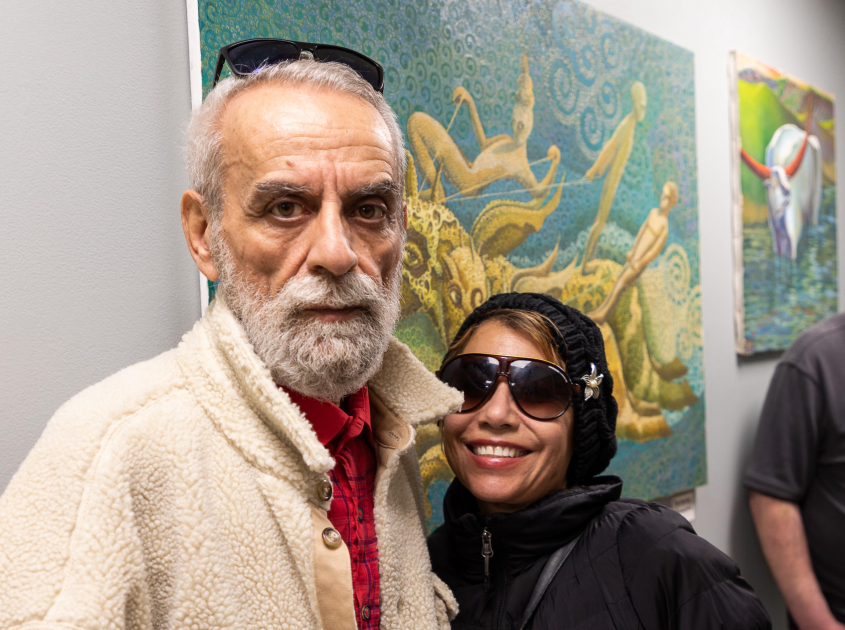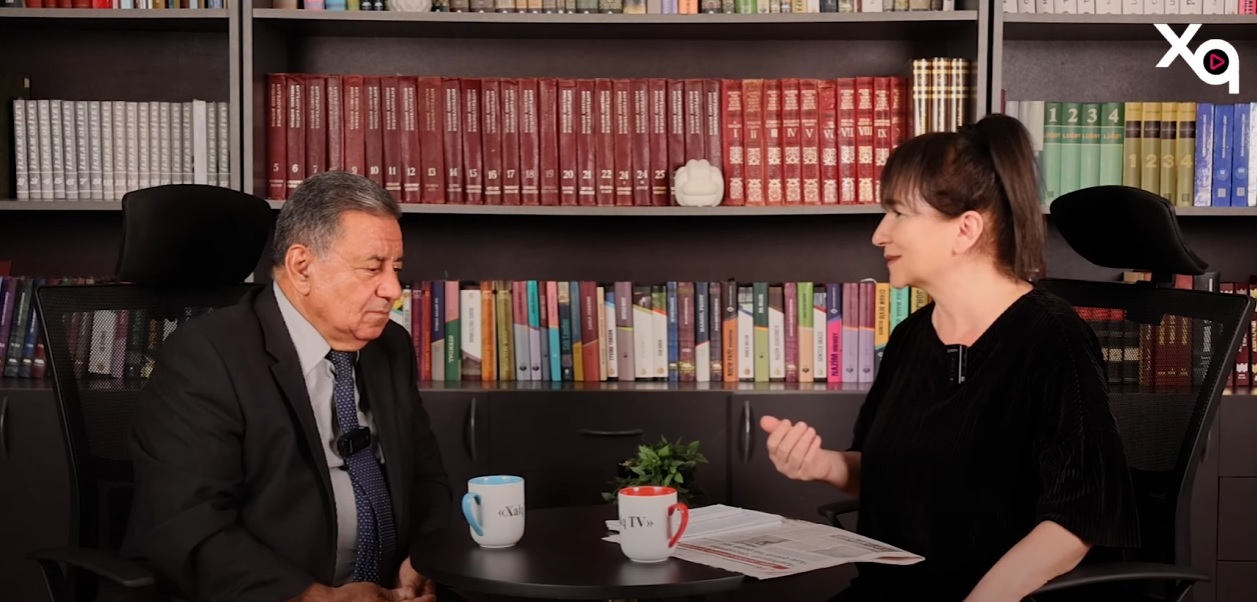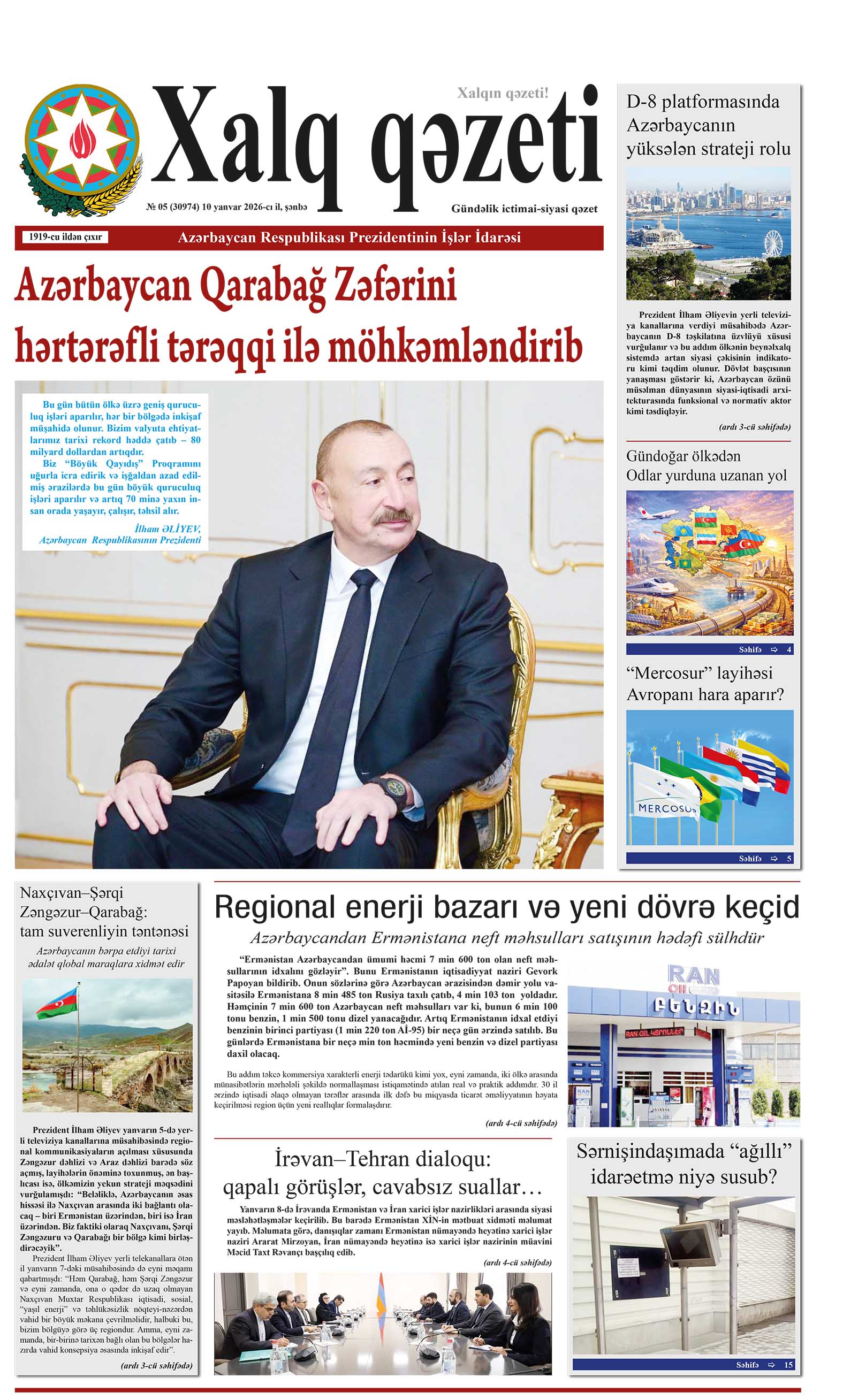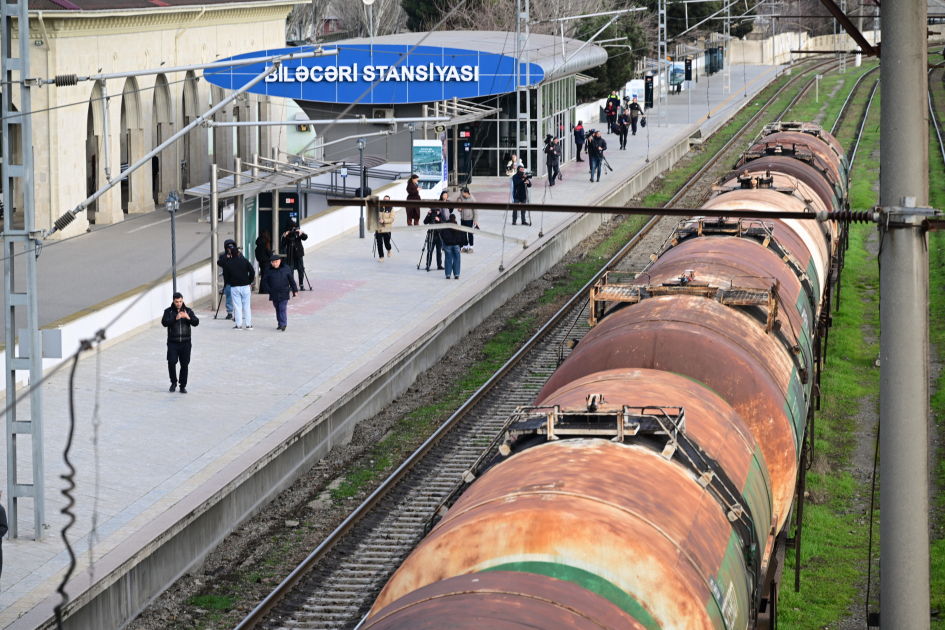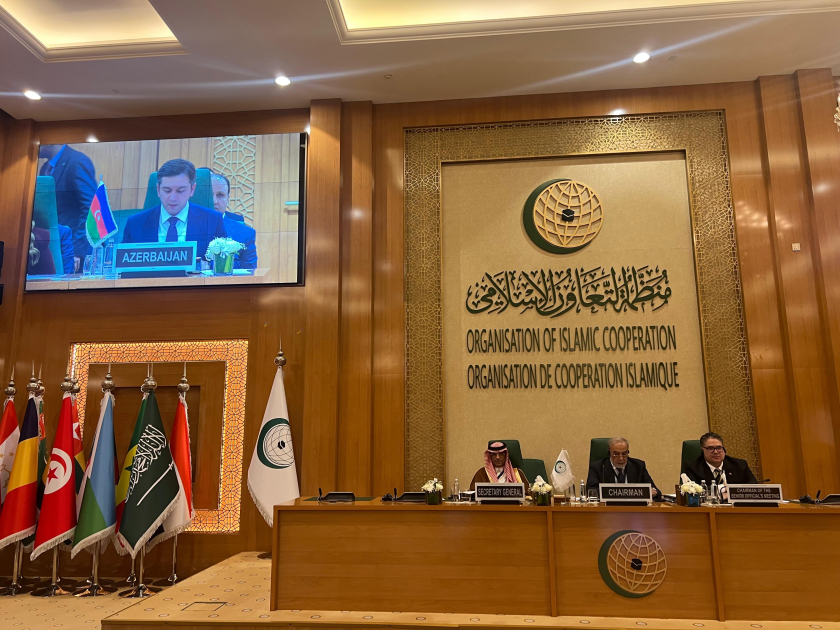ByJERUSALEM POST STAFF
Archaeologists and conservators from the European Centre of Byzantine and Post-Byzantine Monuments uncovered frescoes beneath the white walls of the Church of Saint Nicholas in Mesopotamia, Albania. The frescoes depict figures of saints painted in bright colors at a height of eight meters, a feature that contributed to their preservation for hundreds of years.
"To have white walls and suddenly forms and faces appearing beneath them is a great joy and revelation. This has not happened elsewhere. In the other monuments we conserve outside Greece, the frescoes are always known; we just go there and do cleanings and consolidations. We experienced this joy of revelation very intensely at the Church of Saint Nicholas," said Flora Karagianni, director of the Centre, speaking to the Athens-Macedonian News Agency (ANA-MPA).
The Church of Saint Nicholas, located in the village of Mesopotamia in Northern Epirus within the Municipality of Phoinikës, was one of the 350 churches preserved when religion was banned by law in Albania during the rule of Enver Hoxha. While many religious buildings were destroyed or repurposed, the church remained standing as a cultural monument.
"To have white walls and suddenly forms and faces appearing beneath them is a great joy and revelation".
According to civil engineer Leonidas Pappas, tradition holds that the Monastery of Saint Nicholas was built during the time of Emperor Constantine Monomachus around 1050. He conveyed to ANA-MPA the rumor that at one time, the church functioned with two altars: serving as Orthodox for the local population and as Catholic for the army during the Despotate of Epirus when the area was occupied by the House of Anjou. "Such a thing is not usual. It does not generally happen. It is a hypothesis put forward by Alexander Meksi, the first Prime Minister of post-communist Albania, historian and architect, in his doctoral dissertation on the Monastery of Saint Nicholas," Pappas noted. "The said hypothesis is not confirmed; the possibility of a church functioning simultaneously for both Orthodox and Catholic is considered very unlikely," he added, expressing the belief that this view was spread for tourism reasons.
Regarding the restoration works, Pappas mentioned that some time ago, consolidation efforts were carried out on the building by the Institute of Monuments of the Ministry of Culture of Albania. The second phase of works was undertaken by the European Centre of Byzantine Monuments, based in Thessaloniki, involving the conservation of the decoration, including the frescoes and some sculptures inside the monument.
"The Centre, for about 28 years, has been implementing conservation and restoration programs of Byzantine monuments outside Greece. All these years it has conserved numerous monuments in the Balkans, the Middle East, Turkey, and the Black Sea," Karagianni stated. She recalled the mosaic floors of the early Christian basilica of the Prophet Elijah, which are being conserved now in Jordan, the frescoes being conserved in North Macedonia, and the wooden altarpieces and shrines of the Ecumenical Patriarchate that have been restored. "Each case is unique," she emphasized.
The conservation work on the frescoes is scheduled to continue and be completed by 2026. At all stages of the project, there was cooperation between the Centre and the Institute of Monuments of Albania, with assistance from the Municipality of Finiq on practical issues, and support from the Greek Embassy in Tirana and the Consulate General in Argostoli.
The second phase of the works was implemented under a Memorandum of Cooperation signed in 2021 by the president of the Centre, Professor Emeritus of Byzantine Archaeology Natalia Poulou, and the then Minister of Culture of Albania, Elma Margariti, with funding from the Greek Ministry of Culture.
Pappas noted that the colors used for the frescoes were created from plants, as synthetic pigments did not exist at that time and were very expensive. The use of plant-based colors suggests that a person of the time with resources financed the frescoing of the church. "The large size and vibrant colors of the frescoes contributed significantly to their preservation for hundreds of years," he added.
He also shared a family story passed down through generations: a girl who became pregnant out of wedlock and, facing the scandal of the time and threats that she would be killed, sought refuge in the Church of Saint Nicholas to be saved. "This happened 150 years ago. It is said that her parents wanted to kill her because it was a great shame and stigma for the family. The monastery protected the girl, who later gave birth to a girl there, and some years later married a relative of ours who was a widower, as his wife had died in childbirth of their first child. It is a family story because our family is descendants of this child," Pappas said.
The discovery of the frescoes was previously unknown in research on the monument, and was a revelation for the team. Karagianni reflected on the uniqueness of this event, stating, "Such a thing does not happen often."


